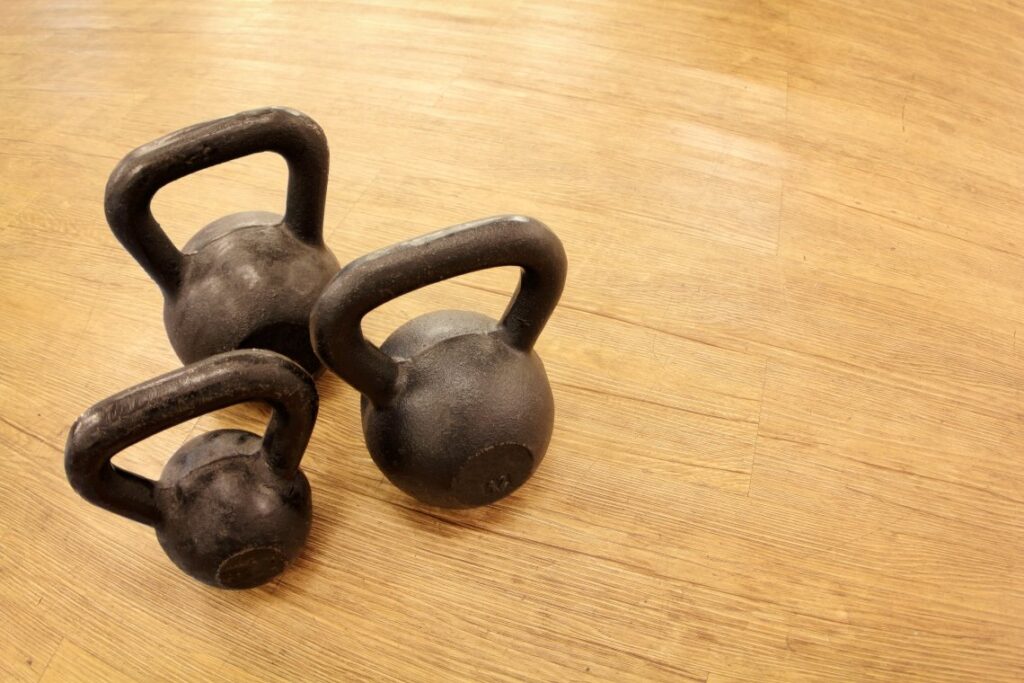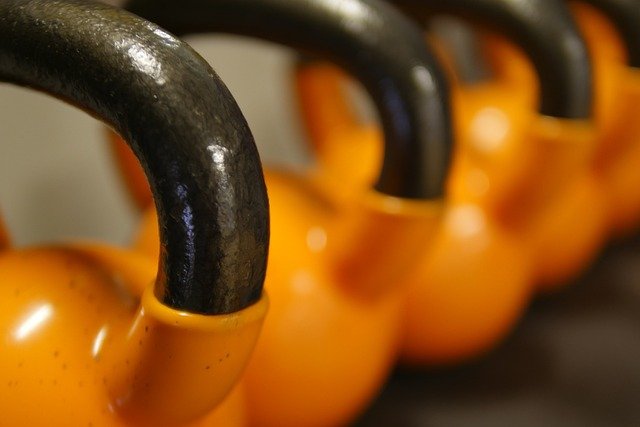Kettlebells are a fantastic tool to help you get fit and strong, but they need regular maintenance and care to stay in optimal condition. Properly caring for your kettlebells will help them last longer and ensure that you get the best possible performance every time you use them.
Cleaning Your Kettlebells
In this article, we’ll go through step-by-step the complete process of caring for your kettlebells, from cleaning to storing and maintenance.
We’ll cover topics such as cleaning your kettlebells, storing them in the gym, storing them at home, and how to do regular inspections and maintenance checks.

With the tips in this guide, your kettlebells will stay in perfect working order and you’ll get the very best from your workouts. Let’s get started!
Using a Dry Cloth
When it comes to cleaning your kettlebells, the simplest method is to use a dry cloth. This is the most hassle-free way of keeping your kettlebells looking their best.
Start by thoroughly wiping down your kettlebells with a dry cloth. Start at the handle and move down the kettlebell, wiping away any dirt or sweat that may have built up.
You can also use a damp cloth if desired, however, be sure to avoid using any harsh chemicals or cleaners.
When caring for kettlebells, it is important to remember that proper care and maintenance are essential for maintaining their condition and ensuring a long-term use.
With regular care and attention, your kettlebells will continue to provide an effective and safe workout for years to come.
Using a Damp Cloth
Cleaning your kettlebells is an important part of proper care. One of the most simple methods of cleaning is to use a damp cloth.
Start by dampening the cloth with warm water, making sure not to saturate it. Wipe down the surface of the kettlebell to remove any dirt and debris. Repeat this process with another damp cloth if necessary. For heavier grime, you can also use a mild cleaning agent.
Wipe off all remaining cleanser with a damp cloth, then dry the kettlebell with a towel. To protect against corrosion, keep your kettlebells dry and store them in a dry place.
Kettlebell care is essential for maintaining the quality of your kettlebells and allowing them to last for years to come.
Storage
Kettlebells are versatile tools for strength training and should be properly stored to ensure their long-term durability and usability. In this section, we’ll review the key considerations for storing kettlebells in either a gym or at home.
We’ll also discuss the best practices for storing multiple kettlebells in one space.
Storing Kettlebells in the Gym
In order to ensure proper care and maintenance of your kettlebells, it is important to store them correctly in the gym. Kettlebells should be placed in a secure, dry place that is away from direct sunlight and other sources of intense heat.
They should also be stored away from moisture and chemical fumes, as these could cause the kettlebells to corrode. It is also important to keep them away from sharp objects and hanging equipment as these can cause damage to the kettlebells.
Finally, it is best to store the kettlebells in designated storage racks or stands, as this will keep them upright and prevent them from toppling over. By following these simple tips, you can help ensure that your kettlebells remain in good condition for many years to come.
Storing Kettlebells at Home
When not in use, it is important to store kettlebells in a safe place to prevent any damage. Care should be taken to ensure that the kettlebells are kept away from moisture and other environmental elements that may lead to corrosion or rust. For home storage, kettlebells should ideally be stored in a dry place, away from direct sunlight.
If possible, the kettlebells should be kept in a rack dedicated to storing weights, as this can help to maintain the shape and paint finish of the kettlebells.
Additionally, it is also important to keep the kettlebells away from small children, who could get injured if mishandled the kettlebells. Proper kettlebell care plays an important role in the longevity and safety of your kettlebells.

Maintenance
Keeping kettlebells properly maintained is essential in ensuring their long-term safety and effectiveness.
In this section, we will discuss three key maintenance techniques: Checking the Handle, Checking the Paint, and inspecting the kettlebell after each use.
With these techniques, you can ensure that your kettlebells stay in the best possible condition.
Checking the Handle
Kettlebells consist of a single iron cast weight with a handle attached. To keep the handle of your kettlebells in the best shape possible, check the handle frequently. A good handle should be smooth and even with no chips, cracks, or rust.
If your kettlebell handle is showing signs of wear and tear, it’s best to replace it before it becomes a hazard. Additionally, wipe down the handle with a damp cloth regularly to keep it clean and free of debris.
Properly caring for your kettlebells includes frequently inspecting the handle as part of your kettlebell care routine.
Checking the Paint
When assessing the condition of kettlebells, you should check the paint for any damage. Kettlebells are often made from iron and can be prone to rusting.
Rust can build up on the surface of the kettlebells with regular use, so you may want to inspect your kettlebells for rust. If rust has been allowed to accumulate, you should use a wire brush to remove it before it starts to damage the surface.
It is also important to check for any other damage that has been done to the paint, as it can not only make your kettlebells look unattractive, but it can also make it slippery, which can be dangerous while lifting.
Inspection After Use
Kettlebells should always be given a thorough inspection after each use. This is an important part of proper kettlebell care, as any damage from use should be immediately identified and dealt with.
Look for any cracks, chips, or rust on the surface of the kettlebell and inspect the handle for any sharp edges, nicks, and burrs. If any damage is noticed, the kettlebell should not be used again until it has been repaired or replaced.
Also note any loose or missing parts and make sure to check that all moving parts work smoothly. Finally, ensure that the kettlebell is completely dry, as moisture can corrode the surface and lead to rust over time.
With a little bit of dedication to proper kettlebell care, your kettlebells will provide you with reliable, safe use for years to come.
